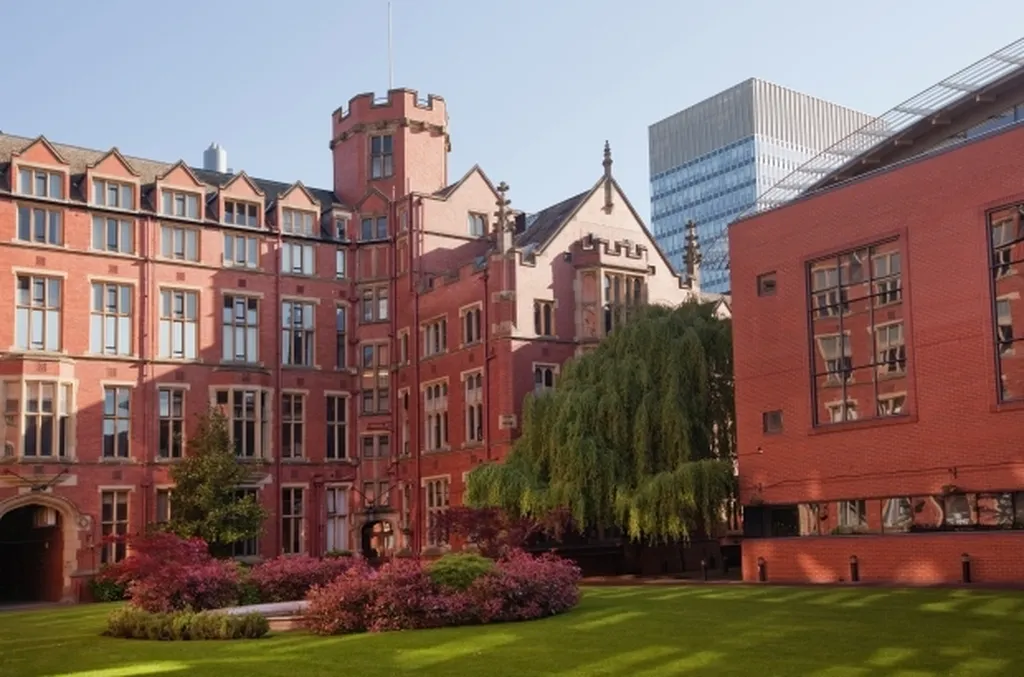In the rapidly evolving world of vertical farming, researchers are continually exploring ways to optimize plant growth and postharvest quality. A recent study published in the journal *Agronomy* (formerly known as *Agronomy Journal*) has shed light on the intriguing effects of far-red light on lettuce, offering potential insights for the agricultural and energy sectors.
Ellen Van de Velde, a researcher at the Horticulture Research Group within the Department of Plants and Crops at Ghent University in Belgium, led the study. The research focused on butterhead lettuce grown under controlled LED lighting conditions, with and without supplemental far-red light. The findings reveal that far-red light supplementation can significantly impact both the preharvest and postharvest qualities of lettuce.
The study found that far-red light increased the dry weight of lettuce by 17% and elevated glucose and fructose levels by 57% and 64%, respectively. “This suggests that far-red light can enhance certain quality traits of lettuce, particularly carbohydrate accumulation and dry weight,” Van de Velde explained. However, the benefits don’t stop at harvest. The research also showed that lettuce grown under far-red light had a slightly better visual quality during postharvest storage, despite a 54% higher respiration rate.
The implications for the energy sector are noteworthy. Vertical farming, with its precise control of environmental conditions, is already known for its energy efficiency compared to traditional farming methods. The use of far-red light, which is less energy-intensive than other light spectra, could further enhance the energy efficiency of vertical farms. “By optimizing light quality, we can potentially reduce energy consumption while improving crop yield and quality,” Van de Velde suggested.
Moreover, the study’s findings on postharvest quality could have significant commercial impacts. Extended shelf life and better visual quality can reduce food waste and improve marketability, which are critical factors for the economic viability of vertical farming operations.
The research also addressed concerns about microbial contamination, finding no significant differences in total aerobic psychrotrophic counts between treatments at harvest or during storage. This is a crucial finding for food safety and quality assurance in vertical farming.
While the study provides valuable insights, Van de Velde cautioned that further research is needed to clarify the long-term impact of far-red light in vertical farming systems. “We need to understand the broader implications of these findings to fully harness the potential of far-red light in agriculture,” she said.
As the agricultural industry continues to innovate, studies like this one are paving the way for more sustainable and efficient farming practices. The integration of advanced lighting technologies, such as LED and far-red light, could revolutionize vertical farming, making it an even more attractive option for urban agriculture and food production.
In the quest for sustainable and efficient food production, every discovery brings us one step closer to a more resilient and food-secure future. This research not only advances our understanding of plant physiology but also opens new avenues for energy-efficient and high-quality crop production in vertical farms.

